REVIEW: Canon RF 800mm f/11
The Canon RF 800mm f/11 lens is a relatively new (released at the end of 2020) telephoto lens that has been designed specifically for Canon's full-frame mirrorless camera systems. This lens offers an impressive 800mm focal length, which makes it an excellent choice for wildlife and sports photographers who need to capture distant subjects with detail and clarity. In this brief review, we will take a closer look at the features and performance of this lens to help you decide if it's the right option for your photography needs.
Weight
Probably the most significant advantage of the Canon RF 800mm f/11 lens is its lightweight and compact design. This lens weighs only 1260g - that’s only 1.5g per mm! It makes this lens incredibly easy to carry around and shoot with for extended periods without feeling any strain. Additionally, its retractable barrel makes it even more compact when not in use, making it easy to store and transport. It is still a large lens, but considering its extreme telephoto focal length, it is pretty modest. I’ve found it slips into a 35l camera or general hiking rucksack nicely, usually with an extra mid-layer or jumper to cushion the lens in the bag. I don’t even notice this is in the bag, and it’s simply a joy to use handheld for long periods of time, especially in comparison to the traditional big hitters of Canon’s telephoto range. I’m happy to sacrifice the extra stops of light in order to have something I am much more happy to walk around with, explore and easily get close to wildlife with. Don’t get me wrong, large telephotos with a wide aperture are unbelievably good, but is it enjoyable lugging them around?
Let’s talk about the elephant in the room - f/11.
That sounds like an absurd maximum aperture for a lens supposedly aimed towards wildlife and sport photography. Those genres are all about letting in as much light as possible right? F/11 is a pretty small aperture, and vastly limits the amount of light that you can get into the camera. This does have an impact on the users ability to use fast exposure times - essential in freezing fast moving subjects. Being limited to f/11 means there is a trade-off with ISO, typically having to raise this into the thousands in order to get a suitably quick exposure time. I would say it boils down to what sort of shooting you often do. If you find yourself photographing African wildlife in nice bright sunlight then you’ll only see a minor impact on the ISO needed. However, if like me you live in gloomy Scotland then you will find yourself limited.
However, when paired with the likes of the Canon R6, R5 or even the now relatively old EOS R, ISO is not something to be feared. It should be embraced. Just another tool to help us nail the shot. On average I have to use an ISO in the region of 3200 or 4000 in order to maintain a sufficiently fast shutter speed in the often gloomy light we have here on Skye. Coupled with Canon’s mirrorless cameras I’ve been more than happy with the noise performance of all the images I’ve taken using this lens. It’s been used in a variety of light and different times of day. I do find myself putting the camera down as light levels drop near the end of the day though when I have to push the ISO into 5 figures.
What about depth of field though I hear you ask? F/11 isn’t going to produce nice soft backgrounds surely! Depth of field is affected by several factors, primarily of course aperture, but also, importantly, by focal length. So despite being limited at f/11, shooting at such an extreme focal length naturally lends itself to a nice shallow depth of field. I’ve been pleased with the results so far with the only problems arising when the subject is close to the background, or against a complicated background, which is still a problem whatever aperture you tend to use.
Trade-offs
However, there are some trade-offs to be aware of when using the RF 800mm. The biggest for me to point out is the fact that, as a non-L lens (Canon’s professional line of lenses) it is not weather-sealed. So you do have to be careful if using it in inclement conditions, particularly because of the retractable element of the lens, it is easy to suck moisture into that moving mechanism if you don’t let it dry off. I have still used it in rainy wet conditions, and so far (so far probably being the operative word) have not had any problems. I’m not that careful with my equipment either, so it’s had a couple of knocks and scrapes on rocks and is none the worse for wear so far. Another thing worth pointing out is that this lens does not come with a lens hood included. Lens hoods are invaluable, both for shielding the lens from the sun and for protection of the front element of the lens. I purchased a third-party lens hood from Amazon and it’s done the job perfectly - try this one: https://amzn.to/3JP3q4A.
Autofocus
Even being slight strangled by a small aperture, the autofocus system still performs well in good lighting conditions. Autofocus when using this lens is restricted to a medium-sized area in the centre, retaining a reasonable amount of flexibility with where to place the focus point. If you like to shoot in portrait orientation however with subjects large in frame you will face some issues. Whilst this may seem like quite a negative, it was only a few years ago that professionals were happy being able to shoot with just one AF point in the middle of frame at f/8 so this is still an improvement. Autofocus relies on ample light to be able to acquire, lock and maintain focus. F/11 then is just another restriction on this and I was ready to be disappointed. There is some sluggishness everyone once in a while, but overall this is impressively quick and accurate focus in a variety of situations, even in complicated low light situations while shooting otters.
Image Quality
No matter the lens the question that matters most is image quality. If it isn’t going to produce decent results then there’s simply no point using it. I’ve used this lens for a good few months now and have to say I’m very happy with the shots. They’re crisp and sharp, capturing lots of feather detail in birds, or fur detail in mammals. I’d say it’s very close to being equal to my 100-400mm in terms of quality. Bear in mind obviously that if the ISO is pushed very very high this will impact on the overall image quality somewhat, but so far it hasn’t caused me too many problems.
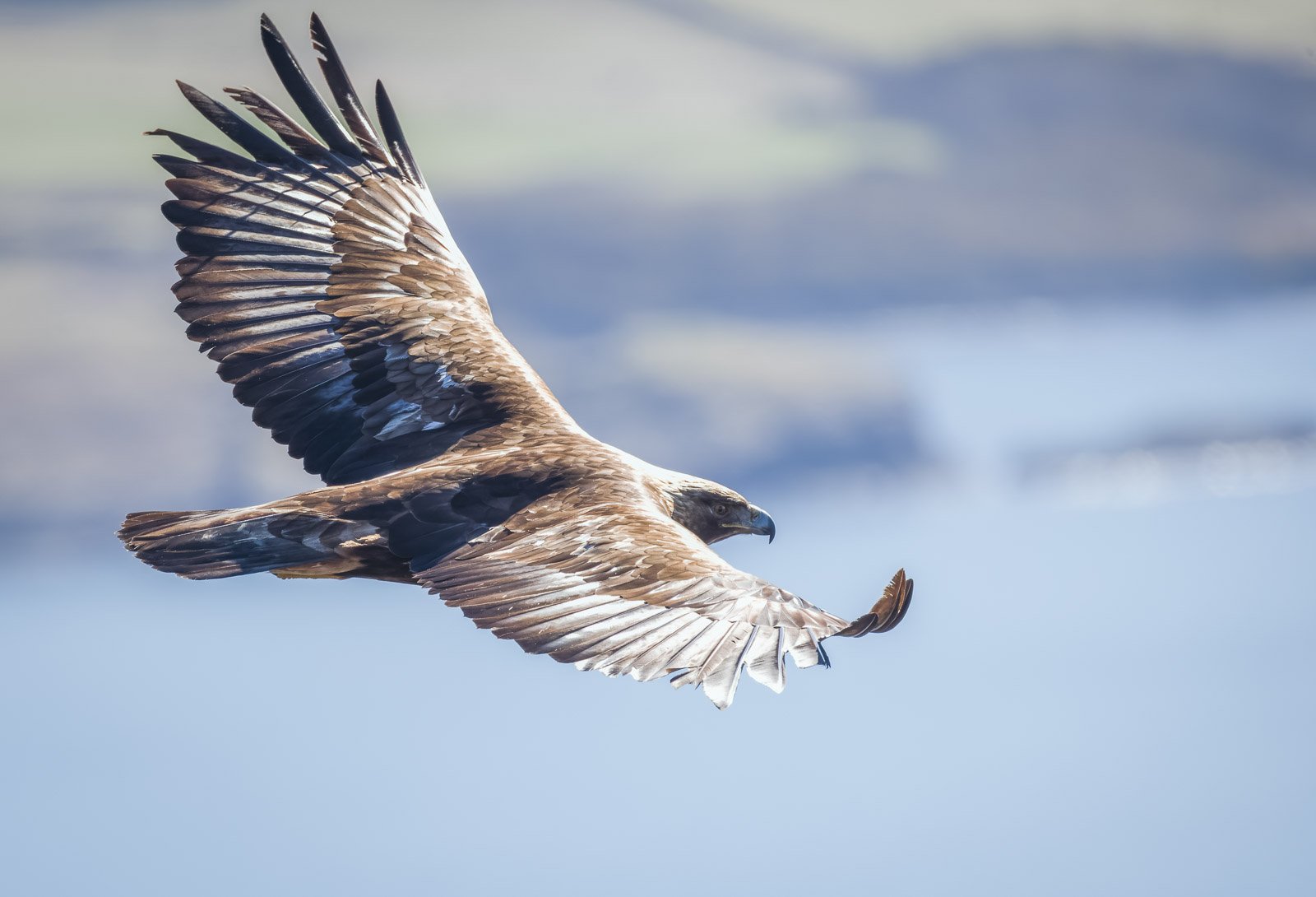

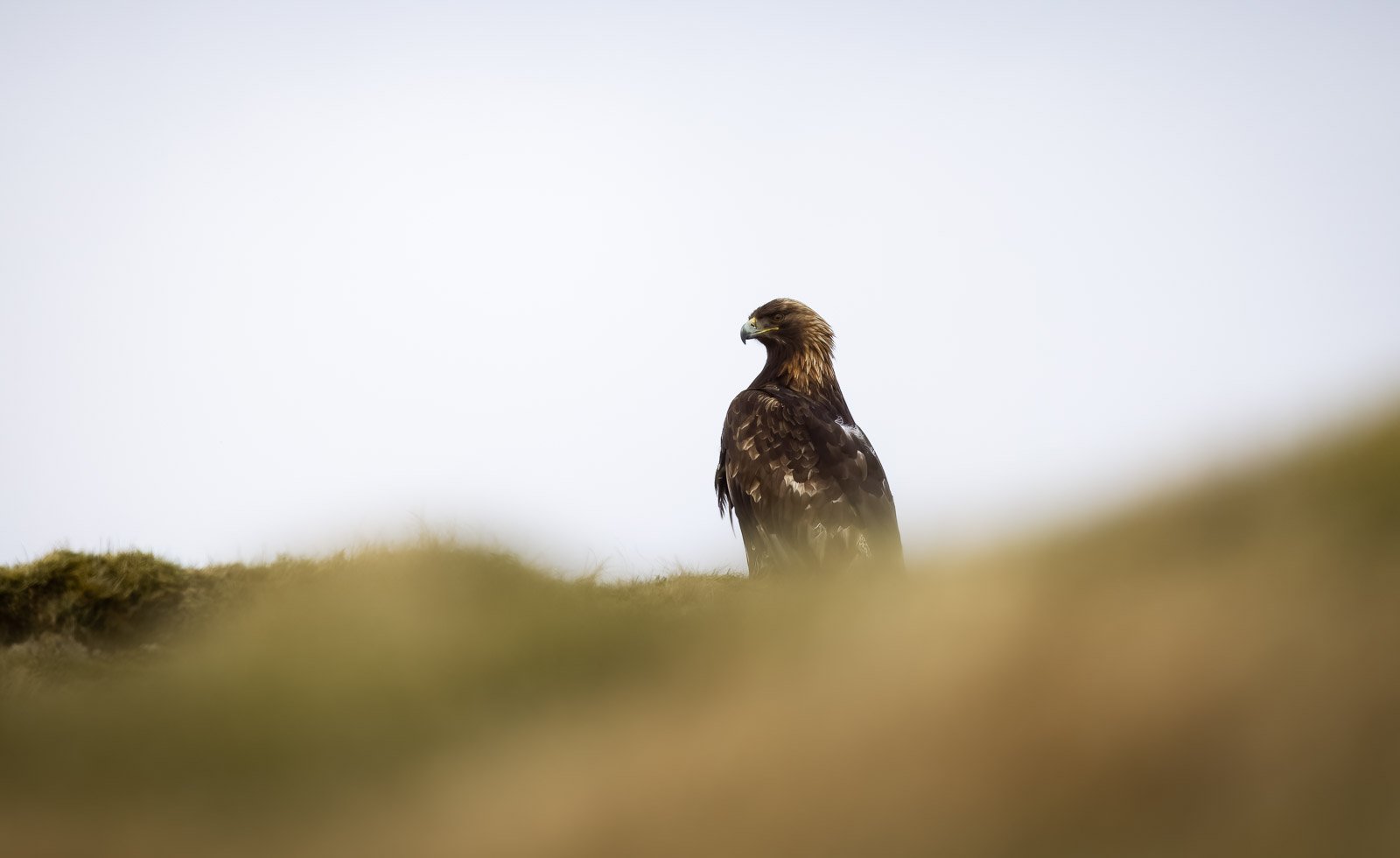
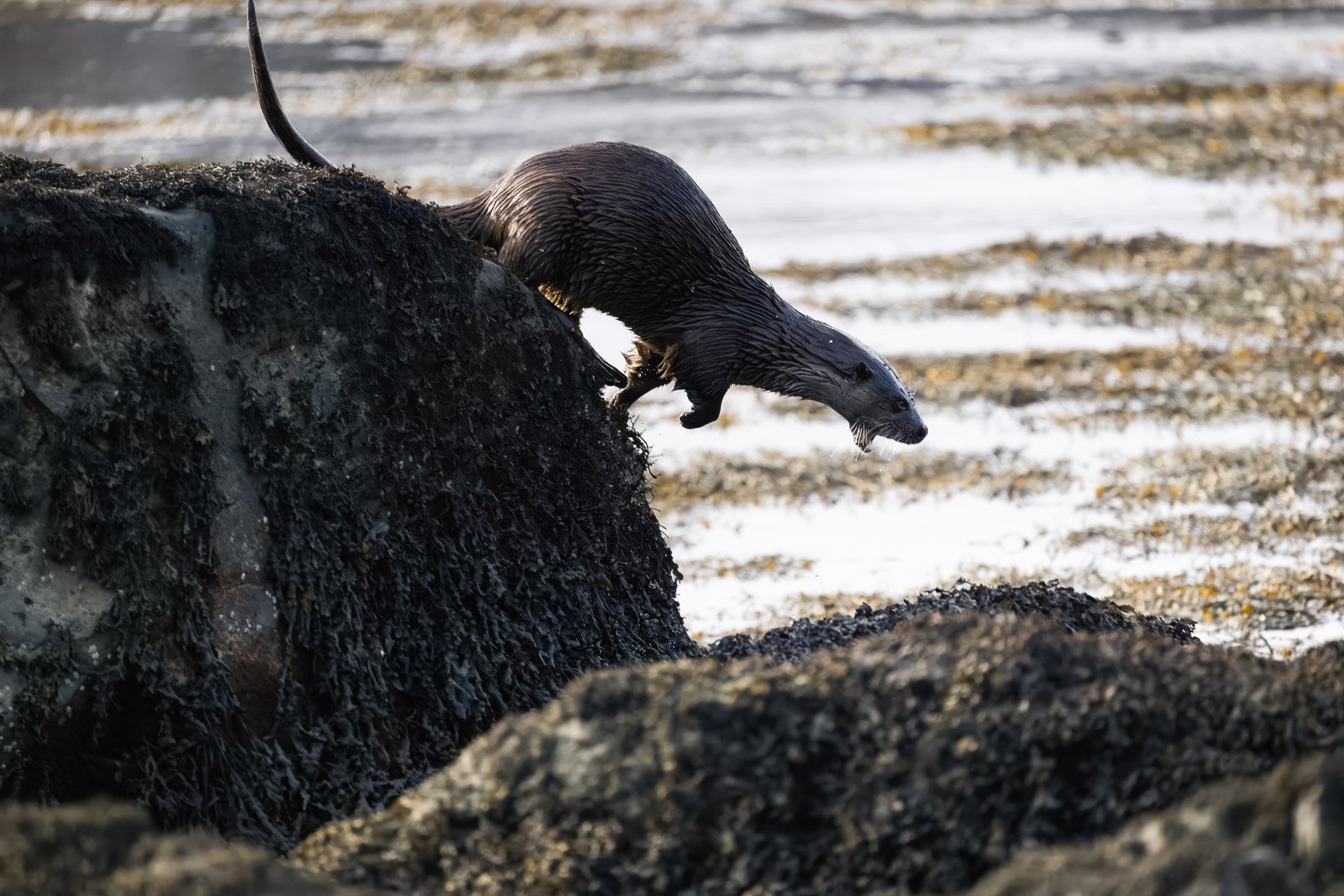
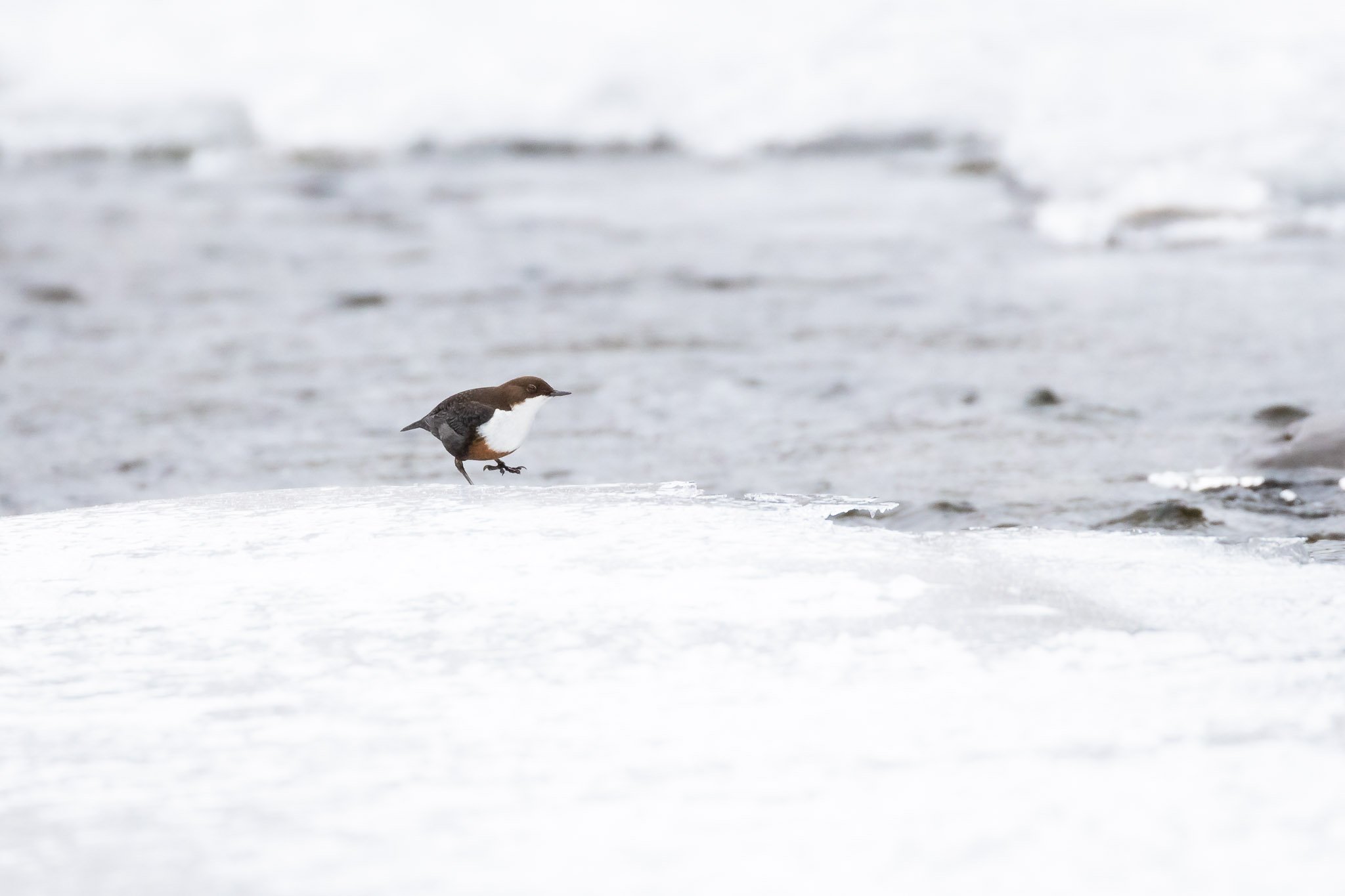

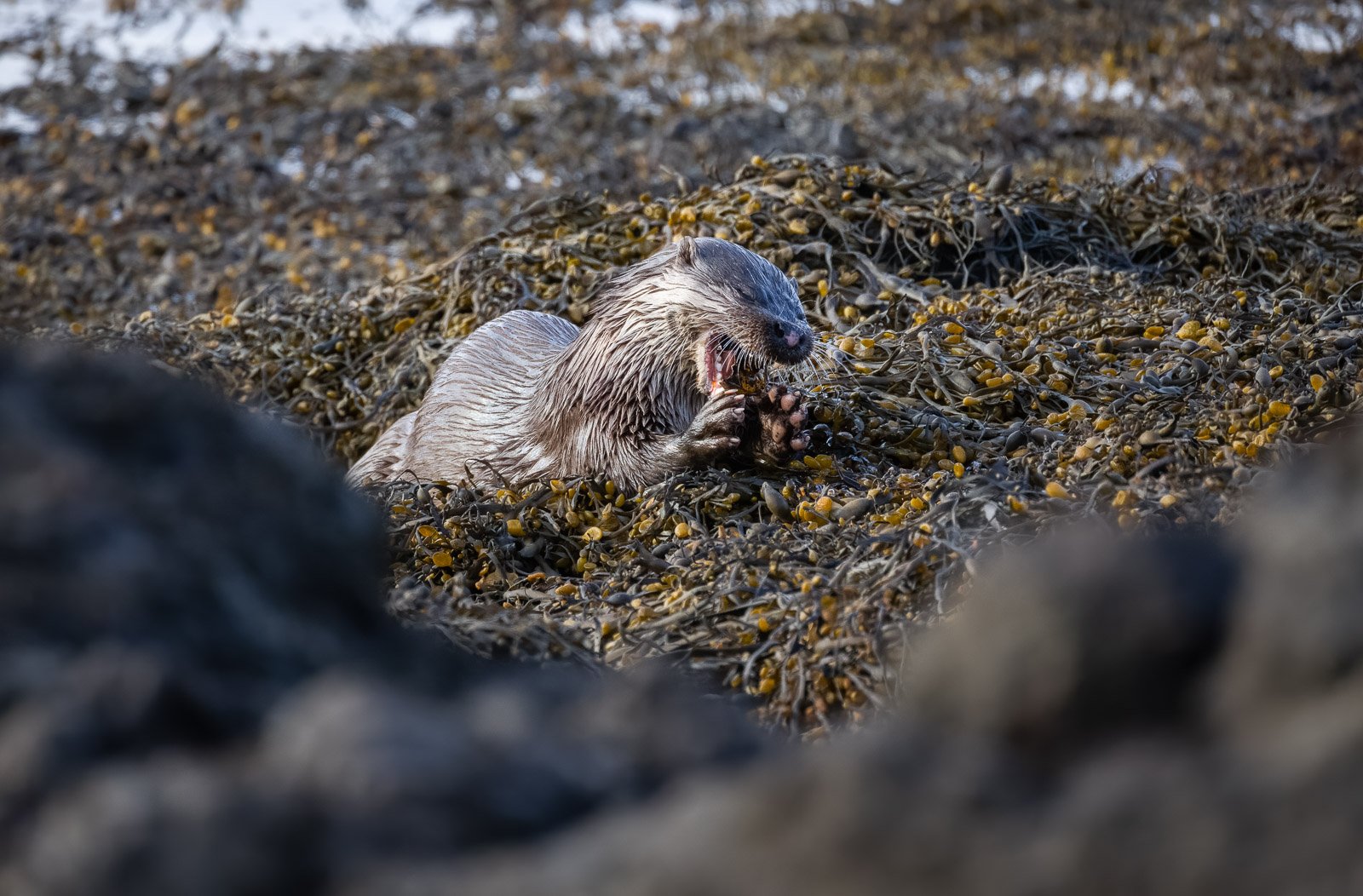
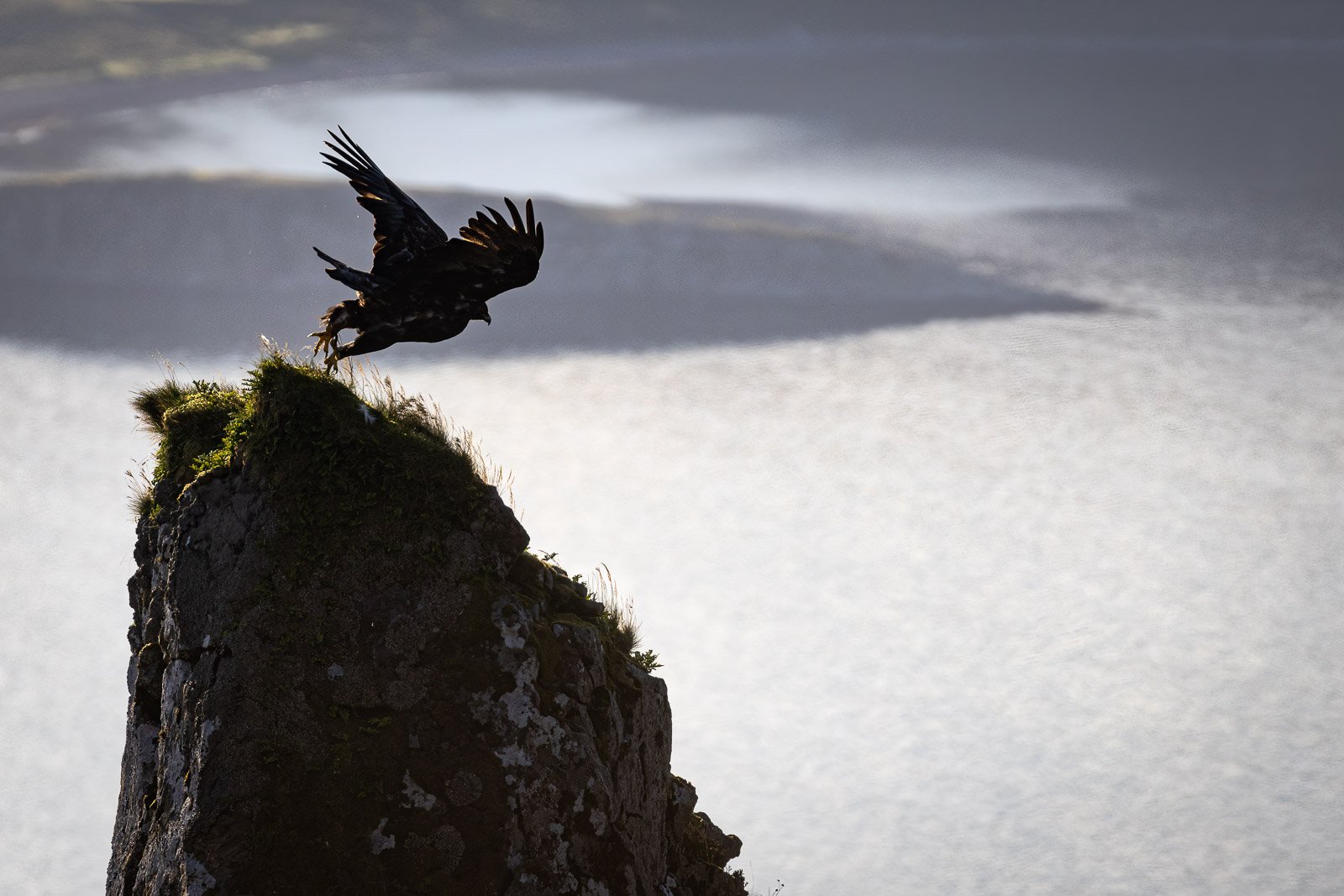

Take-away thoughts
Overall, the Canon RF 800mm f/11 lens is an excellent option for photographers who need a lightweight and versatile telephoto lens that won't break the bank. While it may not be the best option for low-light shooting or fast-moving subjects, it's still an excellent choice for photographers who want to capture distant subjects with sharpness and clarity. With its lightweight design, affordable price point, and impressive image quality, the Canon RF 800mm f/11 lens is definitely worth considering for any photographer looking for a versatile and high-performing telephoto lens.
Convinced? Pick up yours here - https://amzn.to/40LcLkV



